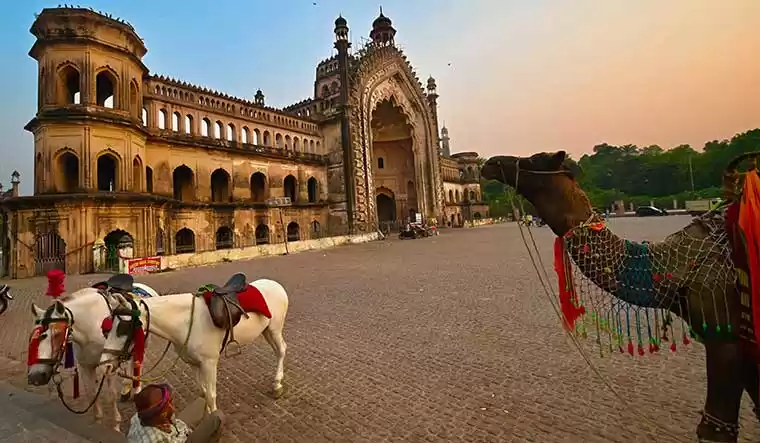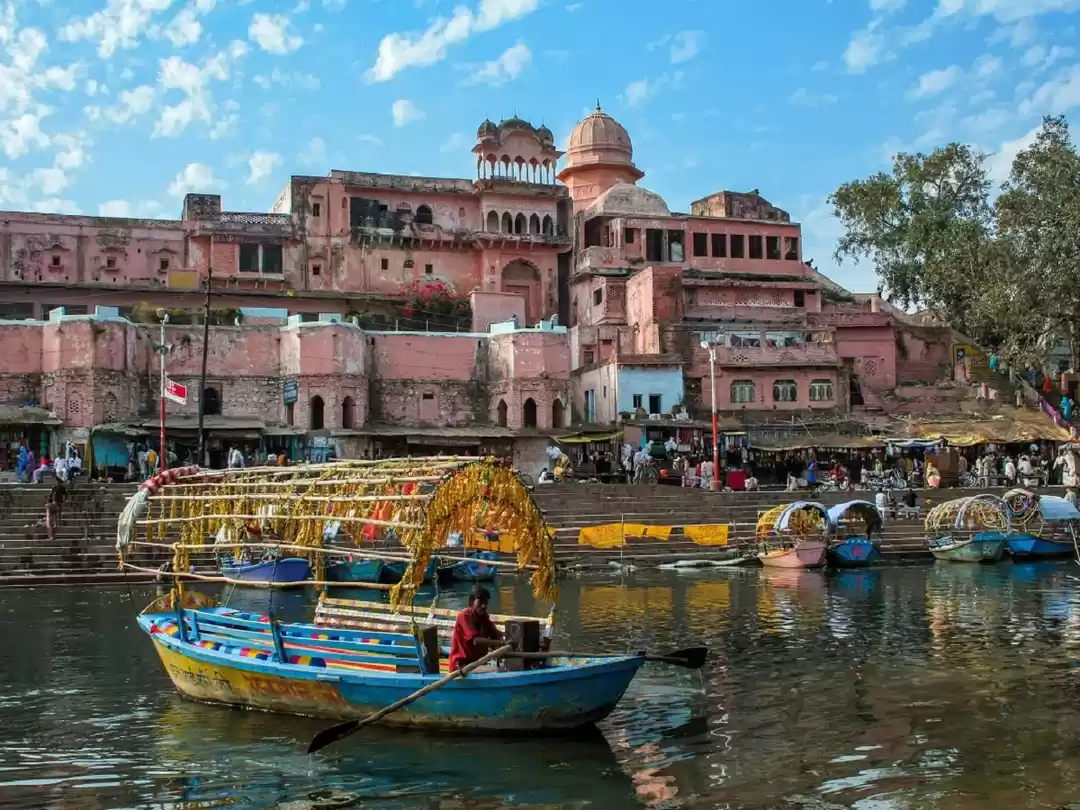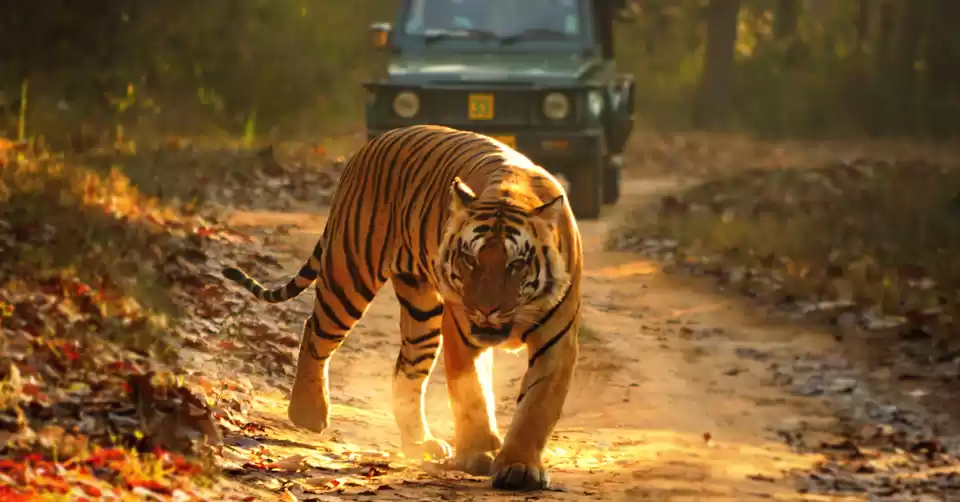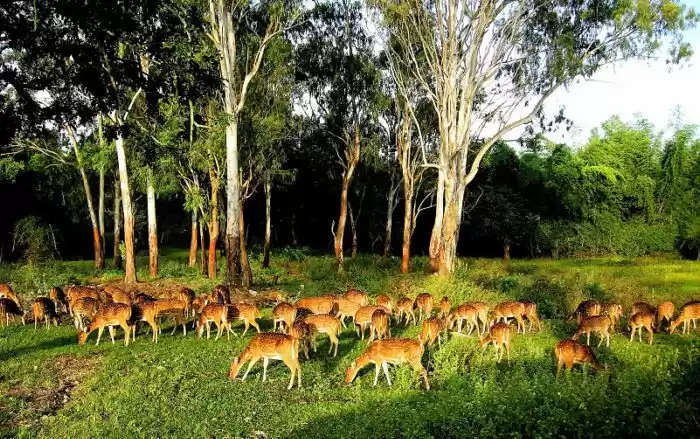
Pilibhit Tiger Reserve is a special destination for wildlife enthusiasts and nature lovers due to the following reasons:
Home to a variety of wildlife: Pilibhit Tiger Reserve is home to a variety of wildlife species, including tigers, leopards, deer, sloth bears, and many more. It is also home to over 300 species of birds.
Rich flora and fauna: The tiger reserve has a rich flora and fauna, with over 2000 species of plants, including medicinal plants, and various types of trees such as sal, sheesham, and teak.
Ecotourism: Pilibhit Tiger Reserve offers ecotourism activities such as jeep safaris, elephant safaris, bird watching, and nature walks, which allow visitors to experience the wildlife and natural beauty of the reserve.
Also Read: dampa tiger reserve
Conservation efforts: The reserve is actively involved in the conservation of tigers and their habitat. It is also involved in the conservation of other wildlife species and their natural habitats.
Cultural and historical significance: The surrounding area of the reserve is rich in cultural and historical significance. The town of Pilibhit is known for its ancient temples and historic monuments. The town of Puranpur is known for its beautiful lakes and temples.
Overall, Pilibhit Tiger Reserve is a unique destination for nature and wildlife enthusiasts, offering a rare opportunity to experience the beauty and biodiversity of a tiger reserve while also exploring the cultural and historical significance of the surrounding area.
Pilibhit Tiger Reserve is a wildlife sanctuary located in the Pilibhit district of Uttar Pradesh, India. Here's a budget trip plan for visiting Pilibhit Tiger Reserve:

Day 1:
Arrival at Pilibhit: You can reach Pilibhit by taking a train or a bus from nearby cities like Lucknow or Bareilly. From there, take a cab to the Pilibhit Tiger Reserve. It takes around 1-2 hours to reach the reserve.
Check-in at a budget hotel: You can find budget hotels near the reserve starting from INR 800 per night. Check-in to the hotel and relax for a while.
Evening Safari: In the evening, you can take a safari tour of the tiger reserve. You can book a jeep safari or an elephant safari. The cost of a safari tour starts from INR 1000 per person.
Dinner: Have dinner at a local restaurant or at the hotel.
Day 2:
Morning Safari: Start your day by taking a morning safari tour of the tiger reserve. You can spot various wildlife animals like tigers, leopards, deer, and many more.
Breakfast: Have breakfast at a local restaurant or at the hotel.
Visit Khatima: After breakfast, you can visit the nearby town of Khatima, which is known for its beautiful temples and scenic views.
Lunch: You can have lunch at a local restaurant in Khatima.
Return to Pilibhit: After exploring Khatima, return to Pilibhit and explore the local market and shopping areas.
Dinner: Have dinner at a local restaurant or at the hotel.

Day 3:
Bird Watching: Start your day by visiting the nearby Mahof forest area for bird watching. You can spot a variety of bird species here.
Breakfast: Have breakfast at a local restaurant or at the hotel.
Visit Puranpur: After breakfast, you can visit the nearby town of Puranpur, which is known for its beautiful lakes and temples.
Lunch: You can have lunch at a local restaurant in Puranpur.
Departure: After lunch, take a cab to the railway station or bus stop for your departure.

Budget:
Accommodation: You can find budget hotels near the tiger reserve starting from INR 800 per night.
Food: You can have meals at local restaurants and food stalls at an average cost of INR 150-200 per person per meal.
Safari Tour: The cost of a safari tour starts from INR 1000 per person.
Transportation: You can hire a cab for the entire trip at an average cost of INR 2500-3000 per day.





























